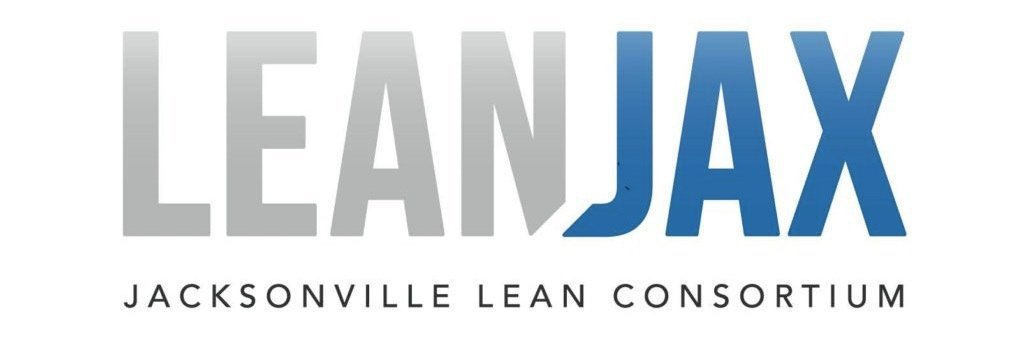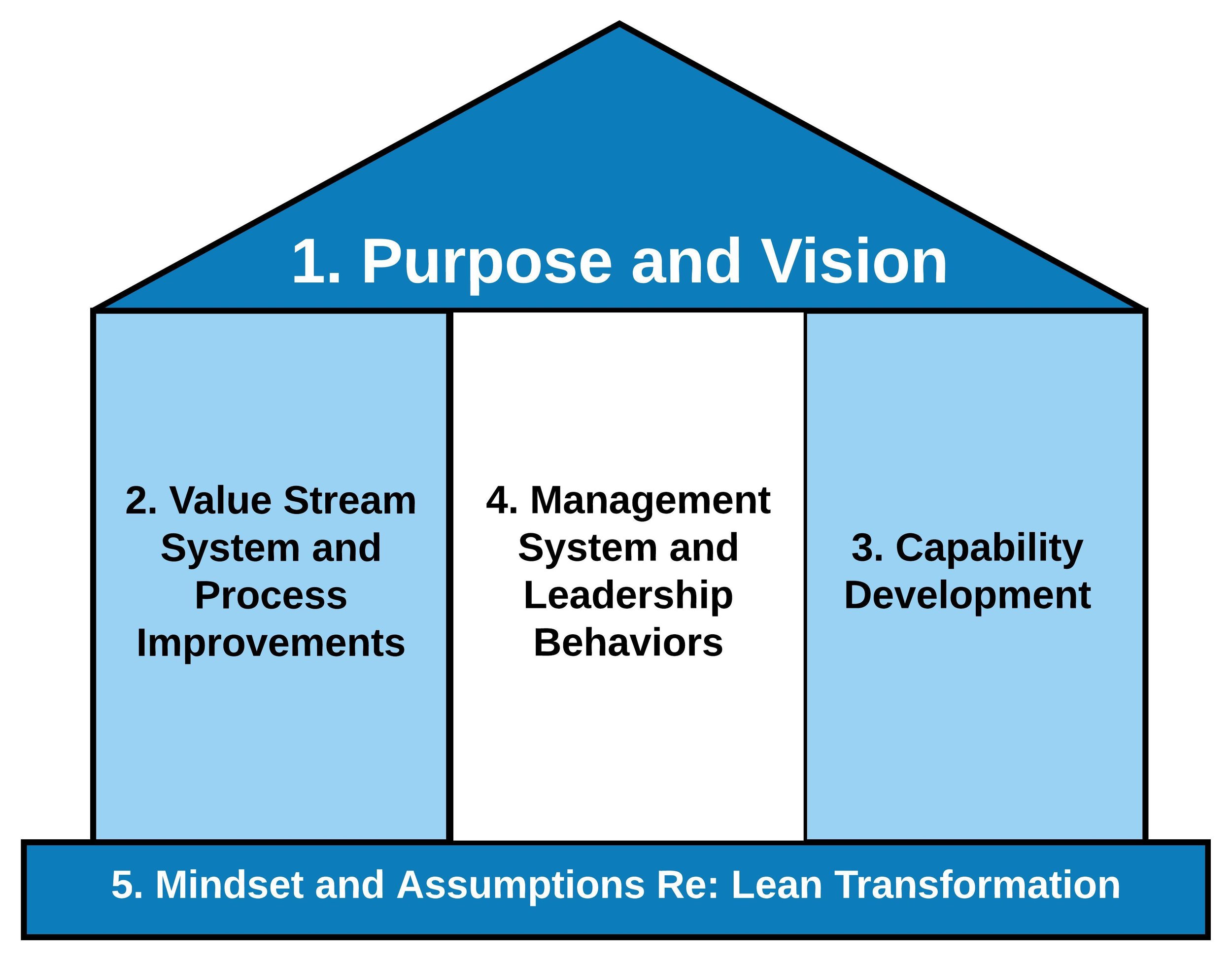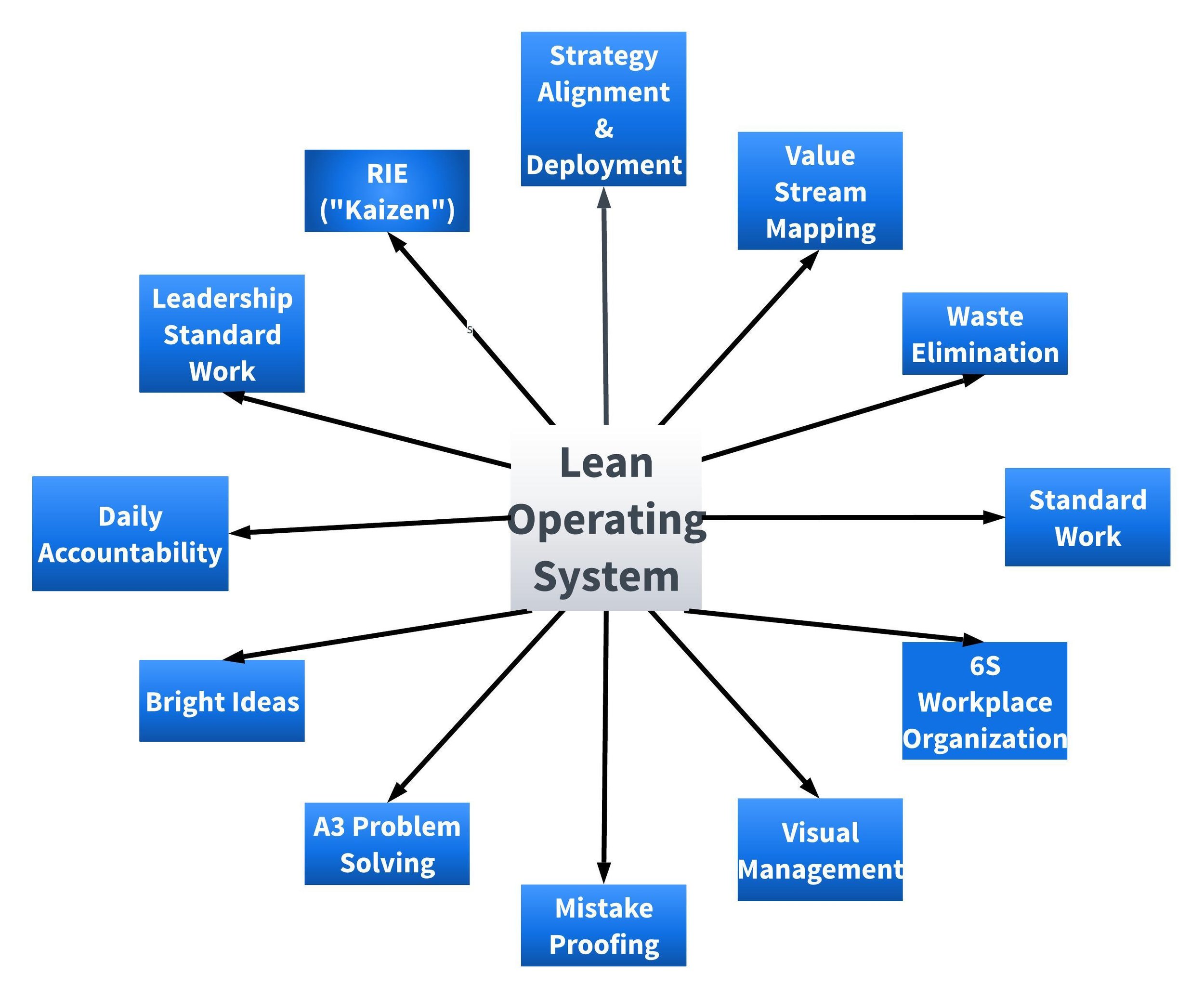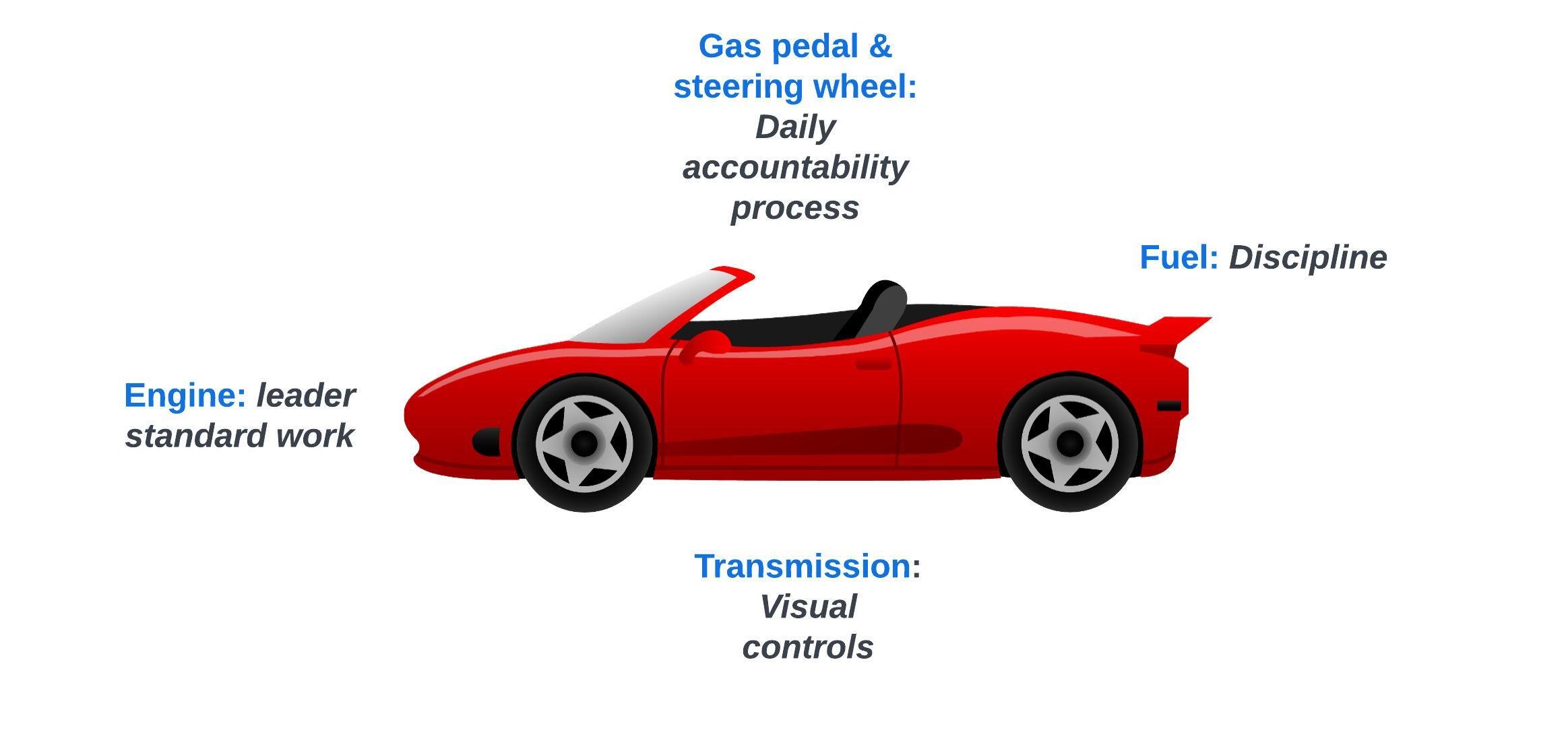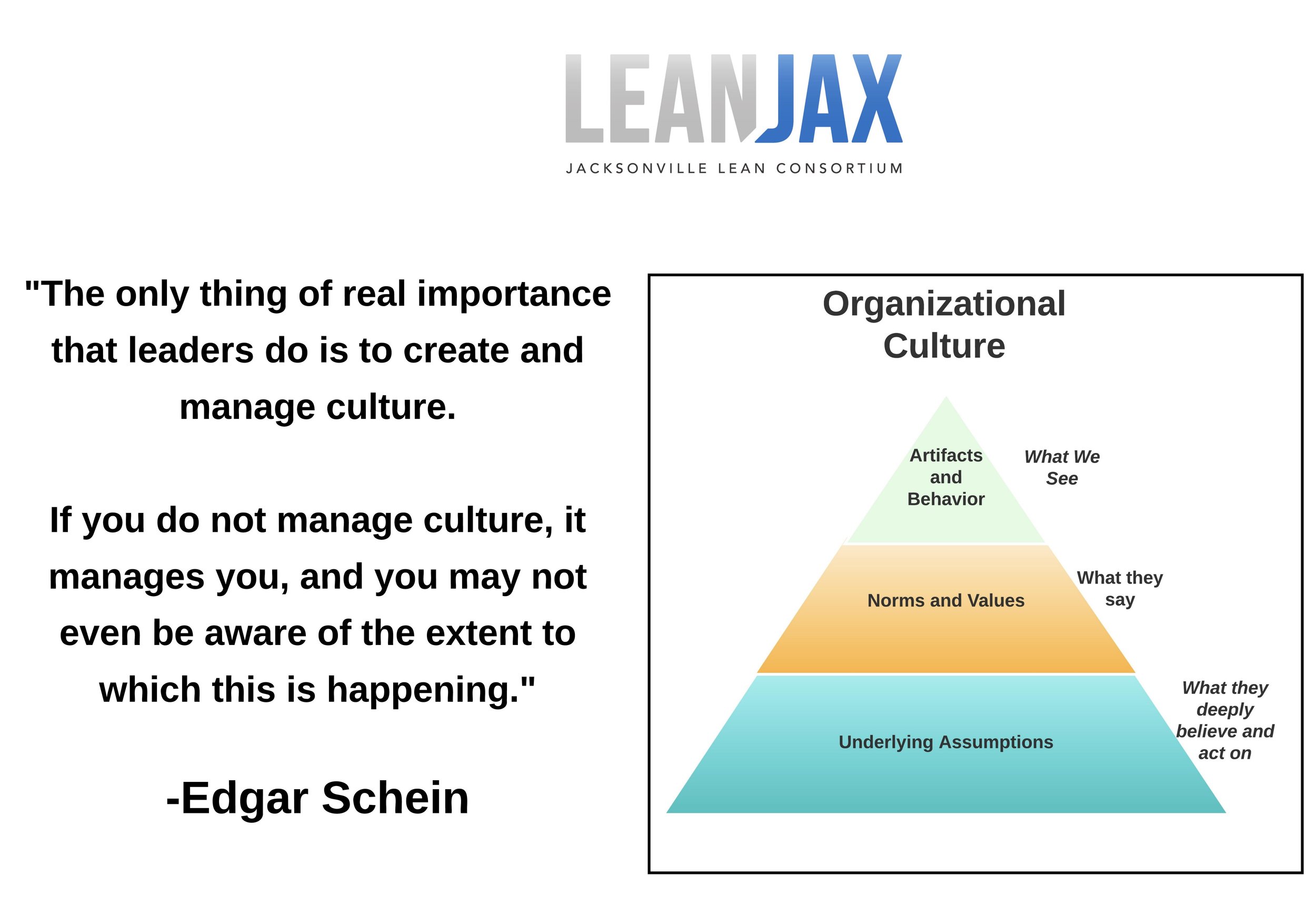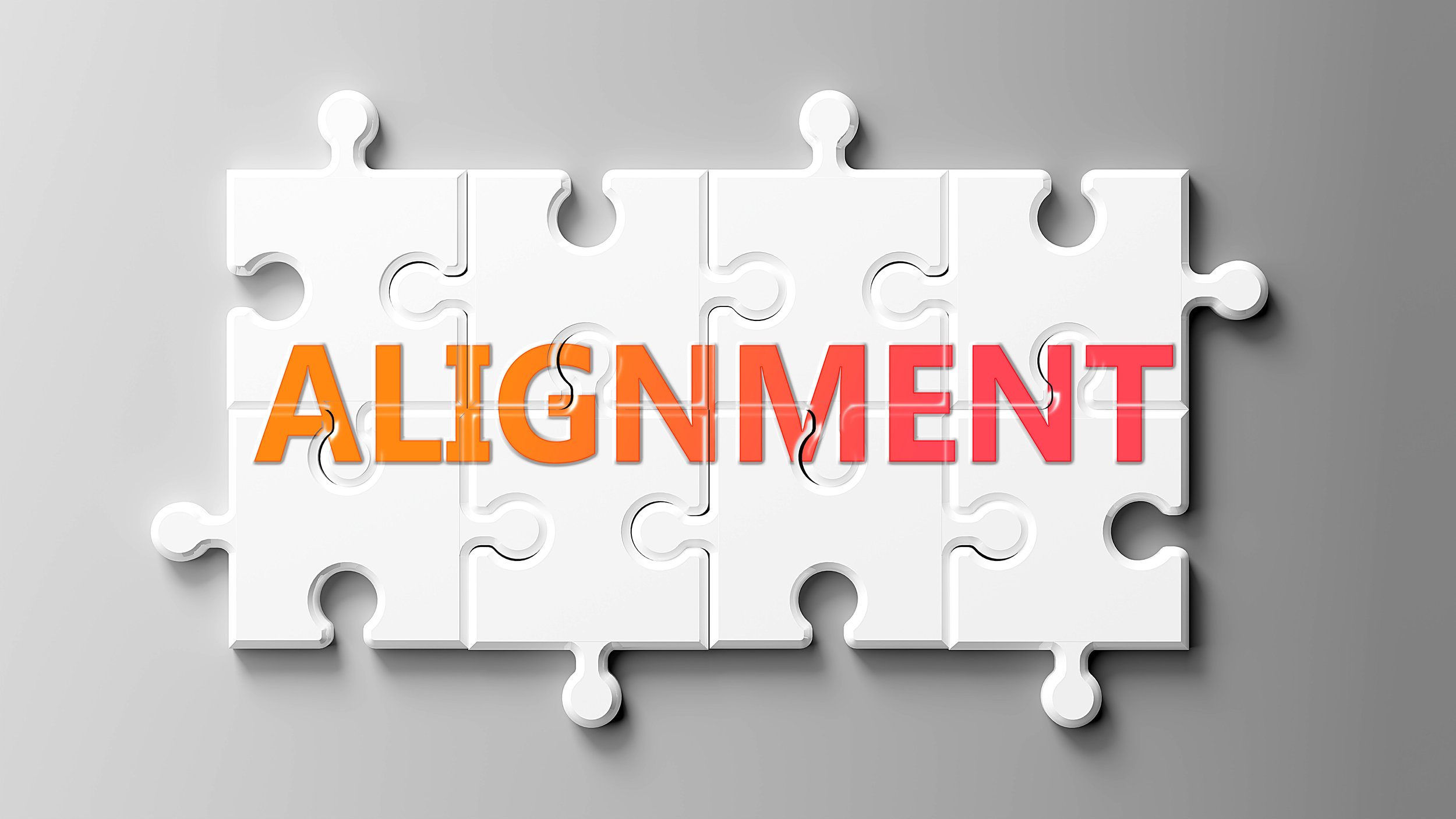Incorporating the Lean Transformation Framework into your Organization’s Journey
Embarking on a Lean journey is a transformative endeavor that requires courage, dedication, and a willingness to embrace change. While the path is strewn with challenges that test an organization's resilience, the pursuit of Lean principles leads to profound rewards: fortified resilience, groundbreaking innovation, and sustainable growth.
Drawing on my experience in helping organizations implement Lean at the enterprise level, as well as insights from other industry leaders, including a thorough analysis of an exemplary transformation model, this article will delve into best practices and proven strategies for successful Lean transformations.
The Lean Transformation Framework, developed by the Lean Enterprise Institute, offers a comprehensive roadmap for navigating this complex journey. Illustrated through the visual metaphor of a house, the framework delineates the fundamental dimensions essential for orchestrating effective enterprise-level change.
By leveraging this model, organizations gain invaluable insights into what it truly takes to thrive in today's competitive landscape, turning potential obstacles into stepping stones toward excellence.
1. Purpose and Vision
“The best way to predict the future is to create it.”
✅ What problem are we trying to solve?
Precisely defining the opportunity is the cornerstone of any successful transformation. By identifying the most promising prospects for our organization, we can ensure that our efforts are both focused and impactful.
Understanding these opportunities allows us to allocate resources effectively and develop targeted strategies that lead to meaningful and sustainable improvements.
In essence, a well-defined opportunity sets the stage for pursuing a culture of excellence by aligning our efforts with our organizational goals.
Think of it as the metaphor of a burning platform: a situation so urgent and compelling that it drives us to take decisive action. When everyone understands the gravity and potential of the opportunity, it creates a sense of urgency and commitment to seize it. This focus and determination are essential for achieving long-term success and driving meaningful change.
✅ Have we clearly defined our organization's value-driven purpose, or "True North"?
Establishing a clear, value-driven purpose—our True North—ensures that all team members are aligned and working toward a common goal. For example, a True North for a manufacturing company could be "Achieve zero defects and 100% on-time delivery."
This clarity promotes unity, guides decision-making, and inspires everyone to contribute their best toward contributing toward the organization’s mission.
✅ Where are we now, and where are we going?
Assessing our current state and envisioning our desired future enables us to map out a clear path for transformation. By understanding our starting point and destination, we can set relevant milestones and develop a strategic plan to guide our journey.
✅ What are the gaps?
Identifying the discrepancies between our current state and our envisioned future highlights the areas that require improvement. Recognizing these gaps allows us to prioritize improvements and allocate resources effectively to bridge them and achieve our objectives.
✅ Where will we start?
Determining the starting point is critical for building momentum and achieving early successes. By selecting a high-impact area—often a model value stream—we can create a controlled environment to test our Lean transformation initiatives. This approach allows us to identify potential challenges, learn from our mistakes, and make necessary adjustments based on real-world experiences.
Demonstrating the benefits of our Lean efforts in this focused area not only builds confidence among stakeholders but also provides valuable insights that can be adapted and replicated throughout the organization. This structured approach ensures that our Lean transformation is well-informed, scalable, and positioned for long-term success, setting the stage for broader organizational change.
2. Value Stream System and Process Improvements
“Systems thinking is a discipline for seeing wholes. It is a framework for seeing interrelationships rather than things, for seeing ‘patterns of change’ rather than static ‘snapshots.”
✅ How will we improve?
This urges us to define specific methods and approaches for elevating the performance of our key value streams and processes through systems thinking. Systems thinking allows us to view the organization holistically, understanding the interconnections and interactions between different components.
By clearly outlining our improvement strategies, we can focus on creating an thriving work environment that delivers a consistent flow of exceptional value to our customers.
Utilizing Lean fundamentals helps us optimize systems and interconnected processes, driving sustainable growth and operational excellence across the entire organization.
Lean Jax’s Lean Operating System Model
✅ Have we articulated and clearly communicated a strategy that outlines the goals, milestones, and expectations of our Lean transformation?
Developing a comprehensive strategy and ensuring it's communicated effectively to all team members is essential. By outlining clear goals, setting measurable milestones, and defining expectations, we create a roadmap that guides everyone involved. Effective communication enables alignment and engagement across the organization, promoting a unified effort toward our transformation objectives.
Lean Jax’s visual roadmap from starting or reviving your organization’s Lean transformation journey. Adapted from Hallam, Cory R. A. (2003). "Lean Enterprise Transformation: Measuring and Accelerating the Transition to Lean." Massachusetts Institute of Technology
✅ What is the process for implementing and cascading Lean systems, principles, and methods in our selected systems/value streams?
Establishing a clear, structured process for deploying Lean systems, principles, and methods within our chosen value streams is essential.
This involves embracing strategy deployment, which aligns the organization's objectives with its daily activities. By utilizing the catchball technique, we facilitate an interactive dialogue between leadership and teams, allowing ideas and feedback to be exchanged freely. This structured process ensures consistency and cohesion across the organization.
For example, a manufacturing company might start by introducing Lean practices in one production line and gradually expanding to other production lines or supply chains based on the lessons learned, while a hospital could pilot the Lean operating system in one value stream, such as orthopedic surgery, before rolling it out to other areas like cardiology or emergency services.
By detailing how Lean practices will be introduced, integrated, and sustained at different levels, we can identify potential roadblocks and capitalize on opportunities for improvement. This approach builds a collaborative culture that empowers our organization to adapt and excel in delivering exceptional value to our customers.
Adapted from: Liker, Jeffrey K. (2021). "The Toyota Way: 14 Management Principles from the World's Greatest Manufacturer (Second Edition)." McGraw-Hill, New York
✅ What is our control plan for assessing the effectiveness of our Lean transformation plan?
Establishing a robust control plan is vital for measuring and ensuring the success of our Lean transformation efforts. This plan involves defining clear Key Performance Indicators (KPIs) that align with our strategic objectives. Regular monitoring and evaluation through strategy deployment, including mechanisms like catchball, keep our initiatives on track and active.
By setting specific KPIs and measurable targets, we create a benchmark for success. Periodic reviews and data-driven adjustments allow us to respond proactively to any deviations from our planned course.
It’s also essential to involve the finance team, ensuring they understand the value Lean brings and can provide insights into improving both top-line growth and bottom-line efficiency. This structured approach ensures our Lean transformation is equipped to deliver the desired outcomes.
3. Capability Development
“No goal, regardless of how small, can be achieved without adequate training”
✅ How will we develop our people?
To drive our Lean transformation and embed the Lean culture we are seeking, we must establish clear and actionable strategies to enhance the skills and capabilities of our team members. Investing in their development is not just beneficial—it's non negotiable! This involves creating comprehensive development plans that include targeted training programs, hands-on workshops, and continuous learning opportunities.
By empowering our people with the knowledge and tools they need, we ensure they can effectively contribute to our Lean goals and become champions of continuous improvement within the organization.
✅ What capabilities do our people need to achieve our value-driven purpose?
Identifying the specific skills and competencies required is crucial for aligning our team's abilities with our organization's purpose. This includes:
Technical Skills: Proficiency in the specific technical skills needed to perform their job roles effectively, as well as in Lean principles and process improvement techniques.
Soft Skills: Strong facilitation abilities, effective communication, collaboration, leadership, and adaptability.
By clearly defining these capabilities, we can tailor our development efforts to address gaps and build a workforce that is competent and confident in driving our Lean initiatives.
✅ How can we help our people acquire the necessary technical and soft skills to bridge the gap between our current reality and target conditions?
To bridge this gap, we should provide opportunities that promote experiential learning and practical application:
Training in Lean Fundamentals: Implement interactive workshops and hands-on training sessions focused on Lean principles, ensuring employees gain a solid understanding of essential concepts and can apply them effectively in real-world scenarios.
Mentorship and Coaching: Pair less experienced employees with Lean leaders who can offer guidance, share experiences, and provide personalized feedback. This one-on-one support accelerates learning and fosters deeper understanding.
Cross-Functional Projects: Encourage participation in projects that involve multiple departments. This exposure helps individuals understand the end-to-end value stream and promotes collaboration across the organization.
Continuous Learning Resources: Provide access to in-person and online courses, reading materials, and workshops that focus on both technical and soft skill development. Encourage a culture where learning is valued and supported.
4. Management System and Leadership Behaviors
“The responsibility of leadership is to provide opportunity, and the responsibility of people is to pursue it.”
✅ What leadership behaviors and management systems are required?
It's essential to identify the specific leadership behaviors and management systems necessary to support the Lean transformation. Leaders must actively engage in modeling the desired behaviors, such as a willingness to change.
Establishing effective management systems helps create a supportive environment that nurtures these behaviors and drives the transformation in the most advantageous direction.
The components of Lean Jax’s Lean Management System.
✅ What are the leadership behaviors necessary to fulfill our value-driven purpose?
Defining leadership behaviors that align with our organization's value-driven purpose ensures that everyone is working toward the same goals. Leaders must demonstrate commitment, accountability, and a growth mindset while engaging in actionable behaviors such as:
Leading by Example: Actively embody Lean principles and promote continuous improvement in daily activities.
Integrity: Ensure there is no gap between intentions and behaviors, consistently acting in alignment with stated values and commitments. As Stephen M.R. Covey says in The Speed of Trust, “integrity means that your actions are a true reflection of your words.”
Effective Communication: Transparently share information and feedback to foster trust and alignment.
Active Listening: Understand team members' perspectives and challenges, promoting openness and respect.
Empowering Others: Delegate responsibilities and give autonomy to team members, encouraging ownership and innovation.
Adaptability: Embrace change and adjust strategies based on new insights and feedback.
By consistently practicing these actions, leaders not only drive the Lean culture but also create a supportive environment where continuous improvement thrives.
✅ What daily habits must be adopted to drive the necessary behaviors?
To effectively drive the necessary behaviors, leaders need to adopt daily habits that reinforce and exemplify Lean principles. These habits include:
Leadership Standard Work: Holding themselves accountable by following a consistent set of responsibilities and routines that support a Lean culture.. This might involve daily huddles, performance metrics reviews, and process confirmations.
Regular Gemba Walks: Building on leadership standard work by visiting the workplace regularly to observe processes firsthand, understand challenges, and engage with team members.
Effective Gemba walks involve asking open-ended questions, listening attentively, and identifying opportunities for improvement. This practice keeps leaders connected to the frontline operations and demonstrates a commitment to removing barriers and inspiring action.
Consistent Coaching and Feedback: Providing ongoing guidance and constructive feedback to team members, augmenting their development and encouraging a culture of learning and growth.
Ensuring Open Communication: Promoting transparency and open dialogue within the team. Encouraging team members to share ideas, voice concerns, and contribute suggestions without fear of reprisal.
Practicing Humility and Respect: Showing respect for every individual and demonstrating humility in leadership. Acknowledging that great ideas can come from anywhere within the organization.
“For knowledge work to flourish, the workplace must be one where people feel able to share their knowledge! This means sharing concerns, questions, mistakes, and half-formed ideas.”
Leaders may need to act their way into a new way of thinking by consistently practicing these habits, even if they feel unfamiliar at first. Over time, these actions help shift mindsets and reinforce the desired behaviors across the organization.
By visibly supporting the transformation through their daily habits, leaders embed Lean principles into the organizational culture and inspire others to actively contribute to the Lean journey.
✅ What type of management system is needed to support both running and supporting the business?
A management system that integrates Lean principles across both operational and support functions is critical. This system should facilitate effective processes, clear communication, and empowered decision-making at all levels.
Leaders must take an active role in designing and implementing this system to ensure it effectively supports the Lean transformation and aligns with the organization's goals.
“A Lean management system is not just about tools and techniques; it’s about creating a culture where continuous improvement is everyone’s responsibility.”
The illustration shows the four components of a lean management system outlined in David Mann’s book, Creating a Lean Culture: Tools to Sustain Lean Conversions
Leadership Standard Work: Daily checklists for line production leaders: team leaders, supervisors, and value stream managers.
Visual Controls: Tracking charts and other visual methods that reflect actual performance against expected performance with abnormal conditions and reasons for gaps immediately identified.
Daily Accountability: Brief, structured tiered meetings focused on performance with actionable assignments tracked visually.
Discipline: Leaders that consistently adhere to and follow up with others on the first three elements.
✅ How do we align this management system throughout the enterprise so that everyone is rowing in the same direction?
Alignment requires consistent communication of goals and strategies across the entire organization. By standardizing processes, setting shared objectives, and encouraging collaboration between departments, we can ensure that everyone understands their role in the Lean transformation.
Leaders play a key role in maintaining this alignment by actively participating in continuous improvement activities, promoting a unified vision, and facilitating coordination among teams.
By enhancing leadership engagement and refining our management systems, companies can forge a strong foundation for a successful Lean transformation. Active leadership not only drives change but also cultivates a culture where kaizen is embraced by everyone in the organization.
5. Mindset and Assumptions
“To understand a culture, you must try to understand its underlying assumptions, which are typically unconscious but determine how group members perceive, think, and feel.”
✅ What basic thinking, mindsets, or fundamental assumptions support or undermine our Lean transformation?
This encourages us to critically examine the prevailing beliefs and attitudes within our organization that may influence the success of our Lean transformation. It's important to identify whether mindsets such as resistance to change, fear of failure, or siloed thinking are present, as these can undermine our efforts.
Conversely, recognizing supportive mindsets like a commitment to continuous improvement, openness to collaboration, and a focus on customer value can help propel the transformation forward.
✅ How can we align our mindsets and assumptions with our value-driven purpose?
Aligning our mindsets and assumptions with our value-driven purpose is crucial for our Lean transformation. By understanding our current cultural attitudes and identifying gaps, we can develop strategies to shift mindsets.
Example: Imagine a healthcare organization with a "We've always done it this way" mindset. To align with our value-driven purpose, we introduce Kaizen events where staff members surface problems, suggest improvements, and experiment with solutions. This encourages questioning the status quo and sparks a culture of innovation.
If this sounds like our company, it's because we recognize the need for change. The goal is to evolve from this mentality to one that embraces innovation and continuous improvement.
Steps to Shift Mindsets
🟢 Open Dialogue: Host regular meetings for team discussions.
🟢 Leadership Modeling: Leaders demonstrate flexibility and openness to change when confronted with new information.
🟢 Training and Education: Provide workshops on Lean principles.
🟢 Recognize Progress: Reward employees who embrace experimentation with new ways of working.
🟢 Celebrate Success: Acknowledge and celebrate small wins and improvements to motivate the team and reinforce positive changes.
These strategies help us move from a "We've always done it this way" mindset to "How can we do this better?", promoting continuous improvement and aligning with our value-driven purpose.
By implementing these actions, we can transform our organizational culture and fully embrace the principles of Lean. This shift is essential for achieving our long-term goals and ensuring the sustainability and success of our Lean transformation.
Summary
By addressing these key dimensions: Purpose and Vision, Value Stream System and Process Improvements; Capability Development; Management System and Leadership Behaviors; and Mindset and Assumptions an organization can transform its culture and operations. Aligning purpose, processes, and people ensures that every action supports the organization's value-driven purpose.
Investing in capability development equips our team with the necessary skills and mindsets for a kaizen culture. Leaders model desired behaviors, adopting daily habits that reinforce Lean principles and inspire change. Shifting mindsets challenges outdated assumptions, promoting a culture that thrives on attempting to improve each day.
Starting with a high-impact area and learning from it builds momentum and sets the stage for broader change. Effective communication, strategy deployment, and continuous monitoring ensure sustained progress.
Embracing the Lean Transformation Framework turns challenges into opportunities, cultivating a culture of excellence and positioning the organization for long-term success. It’s about nurturing a resilient, agile, and innovative organization ready to achieve operational excellence. This journey unlocks the full potential of our people and processes, laying the foundation for sustainable growth and unparalleled value creation.
Citations
Hallam, Cory R. A. (2003). "Lean Enterprise Transformation: Measuring and Accelerating the Transition to Lean." Massachusetts Institute of Technology
Kotter, John P. (2008). "A Sense of Urgency." Boston: Harvard Business Press.
Lencioni, Patrick M. (2002). "The Five Dysfunctions of a Team." San Francisco: Jossey-Bass.
Liker, Jeffrey K. (2021). "The Toyota Way: 14 Management Principles from the World's Greatest Manufacturer (Second Edition)." McGraw-Hill, New York.
Mann, David. (2015). "Creating a Lean Culture: Tools to Sustain Lean Conversions, Third Edition." New York: Productivity Press.
Schein, Edgar H. (2017). "Organizational Culture and Leadership (Fifth Edition)." San Francisco: Wiley & Sons.
Senge, Peter M. (2006). "The Fifth Discipline: The Art & Practice of the Learning Organization (Second Edition)." New York: Random House Business.
#continuousimprovement #leanthinking#operationalexcellence #changemanagement#leanculture #leantransformation #leanjax#respectforpeople
